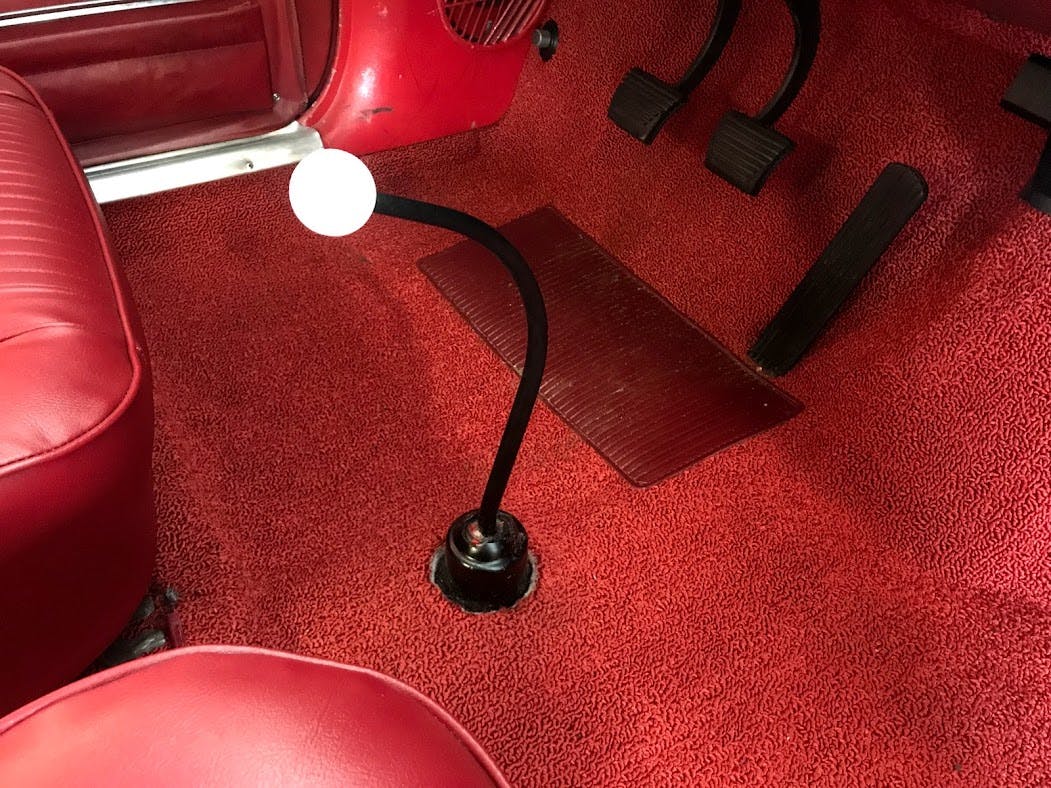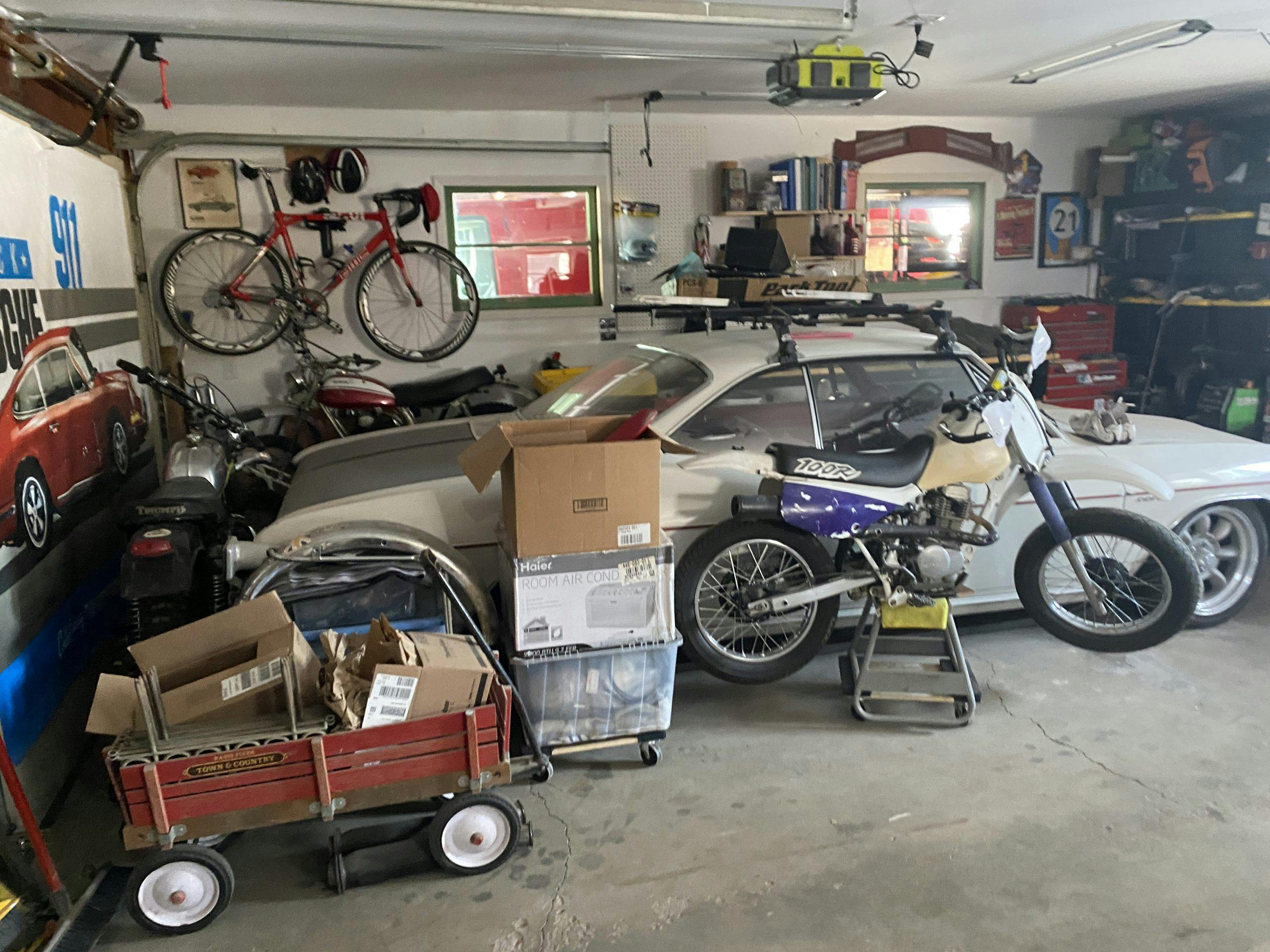7 steps to revive your car for driving season
As the cold wanes and the sun starts to shine, melting the snow to reveal where the road actually is (OK, maybe this is just an Up North problem), it comes time to bring our slumbering vintage cars and motorcycles out hibernation. As is the case with reviving any old machine, there is a certain amount of care and caution necessary to prevent damage, or at the very least undue stress. Here are 7 steps to make sure your spring starts off right.
Get in, around, and under
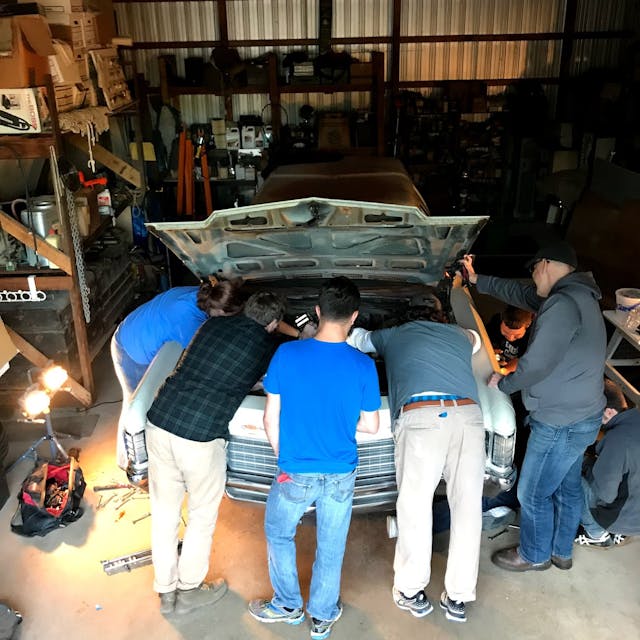
Even with multiple layers of protection, your ride is subject to attacks from vermin. The worst way to find out about a nest or chewed up wiring is when you smell smoke and see flames. Instead, avert disaster by taking the time to do a thorough once-over inspection of your engine bay and exhaust. Take this time to not only look for new rodent damage but also worn-out components, questionable repairs you may have previously missed, or any other problems.
Check your fluids
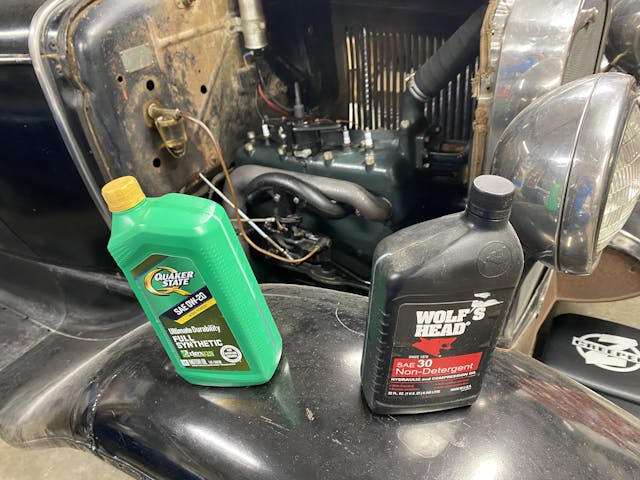
Whether you see leaks on the floor or not, now is the time to check in on all of your car’s critical fluids. Start at the front and work your way rearward. The short list should include coolant, oil, transmission, brake, and axle or differential. Check for both appropriate level and condition. Oftentimes, checking these fluids requires removing a plug, and it might just be time to go ahead and swap those out to be on the safe side. Inspect for any slow leaks or seepage at the same time.
Get to cleaning
Things get dirty in even the cleanest storage locations. Take the time to carefully remove dirt and debris from both the exterior and interior. You’ll be more willing to regularly drive it if the interior, in particular, is a nice place to spend time.
Test your brakes

Before you even think about firing up the engine and driving off to start the season, you need to make sure you will not be starting the season off with a completely avoidable crash. The most basic way to quickly test your brake system is the hard/harder test: sit in the drivers seat and put your foot on the brakes with the pressure of an average stop and hold pressure there for a 10 count. The pedal should remain firm and not sink or have any squish to it. Now put additional pressure on as if it were a panic stop. Hold that pressure for another 10 count. Again, there should be no pressure bleed nor feeling that the pedal is slowly sinking to the floorboards. If you get anything other than a rock-solid pedal feel, go about inspecting your brake system fully.
Crank it up

Now that you know you can stop, it’s time to crank up the engine. If you are on the cautious side you can disconnect the ignition coil and crank the engine until you see oil pressure before reconnecting the electrical and starting the engine in earnest. If the engine is slow to start due to mechanical fuel pump needing to re-prime, it is better to manually fill the float bowls of your carburetor than to use ether or starting spray.
Once started, carefully look around the running engine for anything that might be out of place or leaking. Allow it to idle up to the point that the choke disengages before preparing to drive. If no leaks or other red flags appear, it’s time to warm the rest of the car up, too.
Take a (short) drive
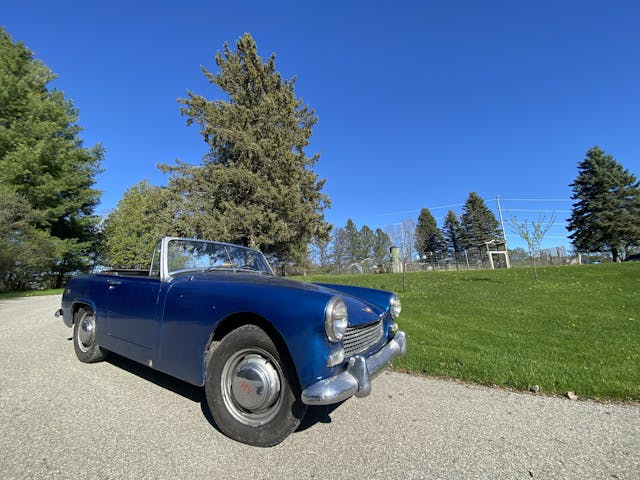
Close up the hood and slide into the driver’s seat. Steer your way out onto the road and go for a short drive. As tempting as it will be to just enjoy the ride and set off for the horizon, be patient. The purpose of this outing is to gather information, so you should be driving with heightened senses. Feel for anything that seems different than last fall. Listen for strange noises. Look for odd movements or unusual responses to inputs. Go for 10-15 minutes, then stop and do another full-car visual inspection. Any new leaks? Things hot that shouldn’t be? Start diagnosis if needed. If anything surfaces, be happy you caught it early.
Plan your first event of the season

With any luck, everything went smoothly, mostly because you put the car away correctly at the end of last driving season. Get ready to enjoy your ride this year and take advantage of your enthusiasm by making some plans. It doesn’t have to be a big thing (but it can be!). Pick a new event to go to: a club meeting further from home than usual, that cars and coffee that happens right around the corner you never seem to make it to, or even just over to your friends house to help them start up their car. Regardless, it’s finally time to drive.

